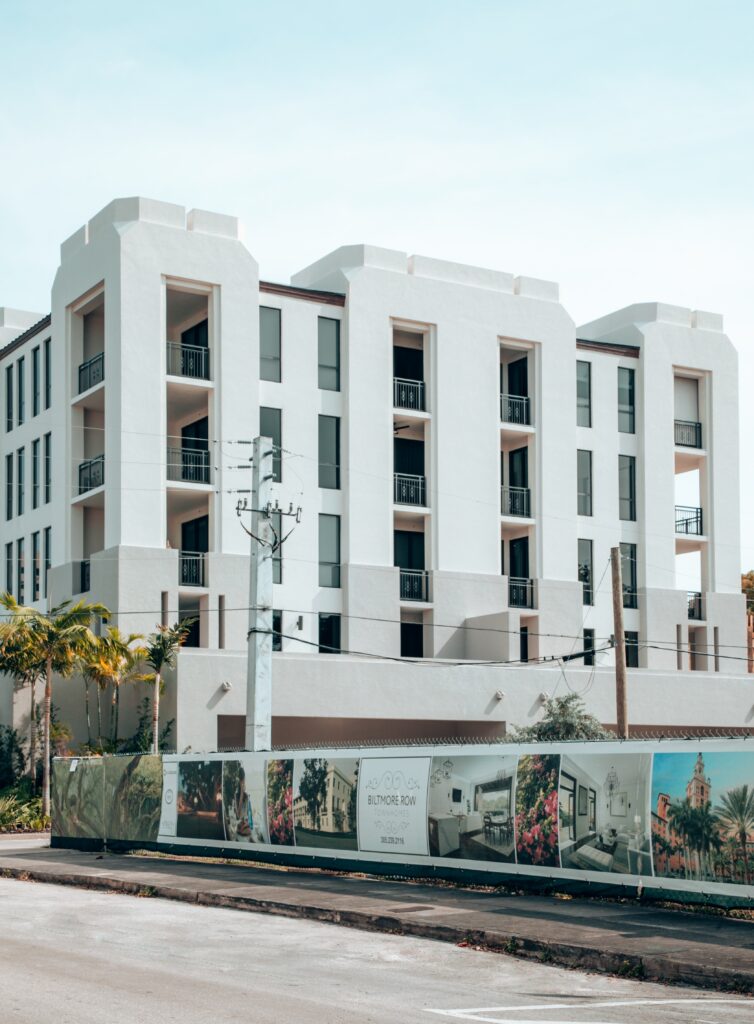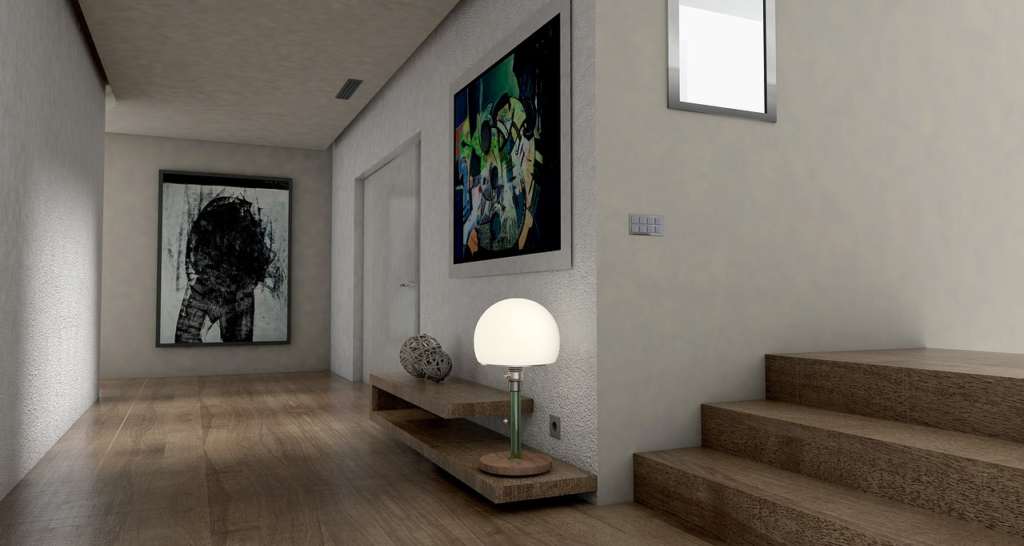Build A Successful Real Estate Portfolio With These 4 Simple Steps
Real estate has always been a lucrative industry, and with the likes of hit shows like Selling Sunset, more and more people are turning to real estate to make some money. Although there is certainly a profit to be made from the real estate industry, it does take time and you can’t expect to buy and flip a house within a week.
Building a successful real estate portfolio can take years, so you need to be equipped with time and patience to see it through. So, if you want to make your mark in the world of real estate or are looking to make improvements to your current portfolio, here are our top tips on how you can do just that.
Build A Successful Real Estate Portfolio With These 4 Simple Steps
Start In One Specific Area
When you are just starting to build your portfolio, it could be a good idea to just start on one specific area. Diversifying your portfolio is important, which we will get to further down this article, but focusing on one area, to begin with, could be beneficial for you.
When deciding on one specific area, make sure you do your proper research of the housing market in that area so you know exactly what you are getting into. For example, these homes for sale in Charleston available from EZ Home Search could be a good investment opportunity as they are both affordable and in a great location.
Have a look around your chosen area, either online or in-person, of what homes are for sale so you can get an idea of the price points and what sort of property is currently selling. Building your portfolio will take time, and it could be useful for you to become familiar with the local real estate agents. When you do eventually find a property that you would like to buy, it will benefit you greatly to have connections with the estate agents of that area.
Work Within A Budget
Working within a budget is an important factor when it comes to building a successful portfolio. Of course, you do need to spend money to make money in the real estate industry but spending recklessly and without structure will only lead to you losing money.
Having a sensible budget laid out before you go into purchasing property will help you make the right decisions and build a healthy portfolio. Once you have chosen your specific area, as mentioned above, you can use the house prices of that area to establish an accurate budget.
Once you move on to a different area, you will likely have to adjust your budget to meet that housing market, which is fine. It is important to always be aware of the housing market you are working in, as prices vary dramatically from state to state. Finally, your budget should also be inclusive of any renovations you want to make on the property, so when you start with the refurb process, you have a structure to work with.
Diversifying Your Portfolio
Diversifying your portfolio is important in building a successful real estate portfolio. As with any sort of investing, diversification helps to reduce the risk of loss as your investments are split over multiple ventures. This is the same with a real estate portfolio. The housing market is volatile so diversification will help you out should some of your investments be affected by a sudden drop in the market.
One easy way you can add diversification to your portfolio is by choosing different geographical locations. There are certain things that can affect the real estate market, but mostly we see major changes in specific areas instead. Having properties in different locations can help you from being affected by a drop in the local economy. If you want to find out more about how to diversify your portfolio, check out this article for some more information.
Set Realistic Goals
Setting yourself realistic goals is a great way to build a successful real estate portfolio. If you are just starting off in real estate, it can be easy to get over-excited and ahead of yourself and think that you are going to make a huge profit from your first purchase.
While some people may get lucky in this sense, it will likely take you some time before you start to see some serious profit. Therefore, it is important to set yourself realistic goals initially, so you have a structure to work alongside and keep you focused.
When creating goals, it could be helpful to set both short-term and long-term goals. Having two sets of goals can keep you more motivated as reaching your short-term goals will give you little boosts in the moment, while your long-term goals will keep you working hard for your future. This will help motivate you going forward.









